by cidaut | Mar 8, 2019 | Sin categoría
The six partners of the Consortium (Cidaut, IFEVS, Belgian Welding Institute, Lulea Technical University, Magnetto Automotive and thinkstep) have met at thinstep’s facilities in Stuttgart to discuss about the evolution of the project. STEEL S4 EV aims at putting high strength steel at the forefront of a new trend in electric vehicles: light vehicles with three or four wheels that comply with crash regulation and with more restrictive Euro NCAP demands. Weld joint design and welding methodologies research to keep material properties along the joints assuring robustness and long term durability. To do this cost competitively low investment manufacturing will be achieved by a modular and flexible structural design: a complex 3D skeleton frame of welded tubes, bent with high accuracy using programmed laser cuts will enable different vehicles sharing the same tooling.
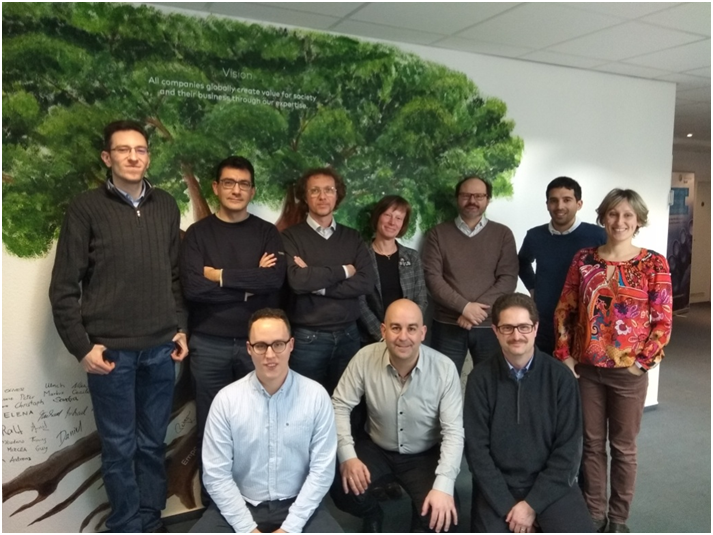 Representatives of the six partners involved in STEEL S4 EV project
Representatives of the six partners involved in STEEL S4 EV project
This is the First Steering Committee Meeting and it has been hold in the fifth month of the project. All the project activities are running in accordance to the timing. This time special attention has been paid to the input data needed for the Life Cycle Assessment.
by cidaut | Oct 22, 2018 | Sin categoría
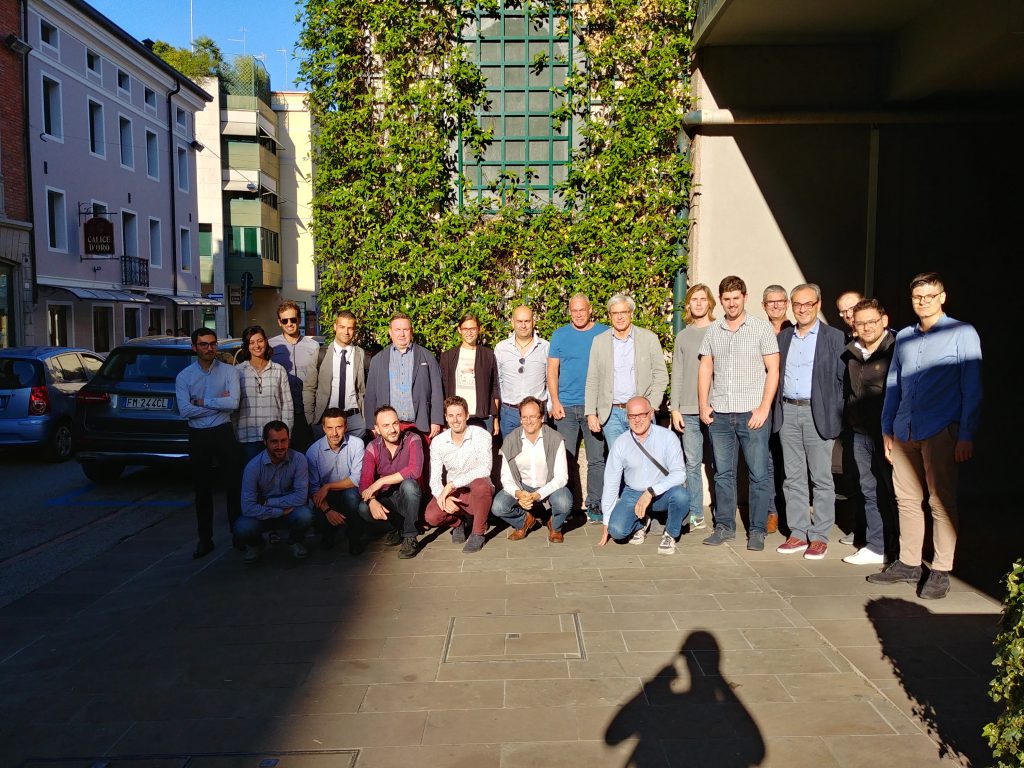
The ReFreeDrive project partners meet last September to hold the 12 month General Assembly Meeting at Pordenone, Italy. During this meeting, the three technologies featured in the project (Induction Machine, Permanent Magnet Assissted Synchronous Reluctance and Pure Synchronous Reluctance) presented their latest results and discussion over the upcoming actions and tasks took place. This first year ReFreeDrive has been focused on preliminary designs and assessments, as well as initial designs for the power electronics. In the upcoming year, designs will be finalized and the manufacturing of 8 e-Drives will take place, it will be an exciting period with many results!
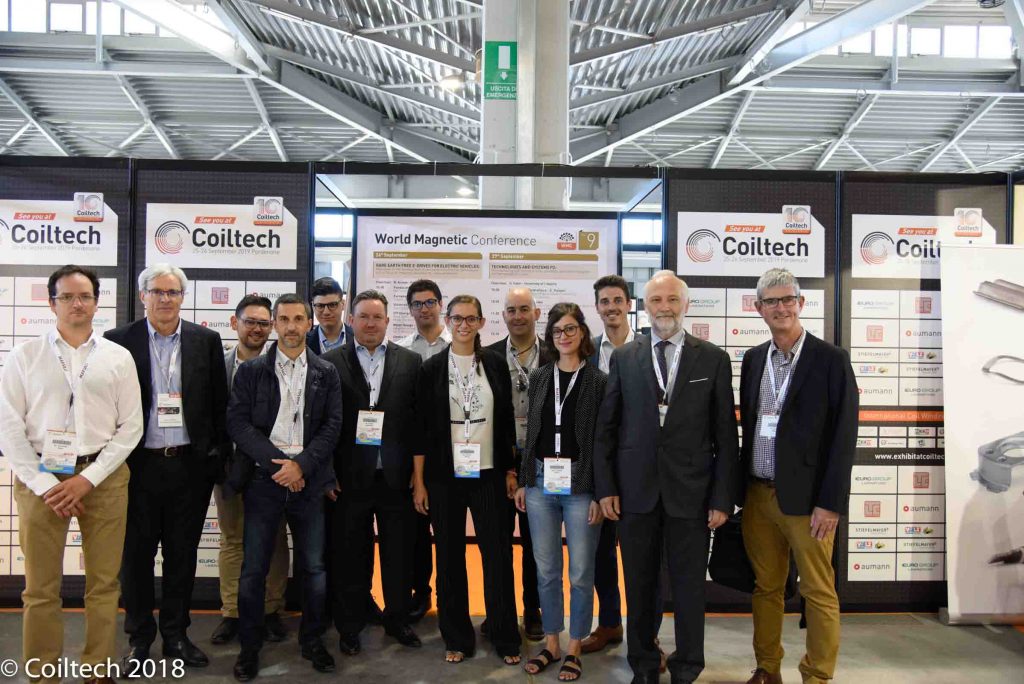
The third day, a dissemination session dedicated to ReFreeDrive was held within the World Magnetic Conference, taking place in parallel to the Coiltech International Exhibition. Blanca Araujo, ReFreeDrive project Coordinator, from CIDAUT presented the project Overview. Presentations followed from other ReFreeDrive partners: the European Copper Institute (Copper use in e-mobility), the University of L’Aquila (Synchronous Reluctance Motor for Traction Applications), IFP Energies Nouvelles(Rare Earth Free PM Assisted Synchronous Reluctance Motor for Electric Vehicles), Motor Design (Adoption of the Induction Motor with Copper Rotor for e-mobility) and Centro Sviluppo Materiali (Evaluating Electrical Steels for Electric Vehicles).
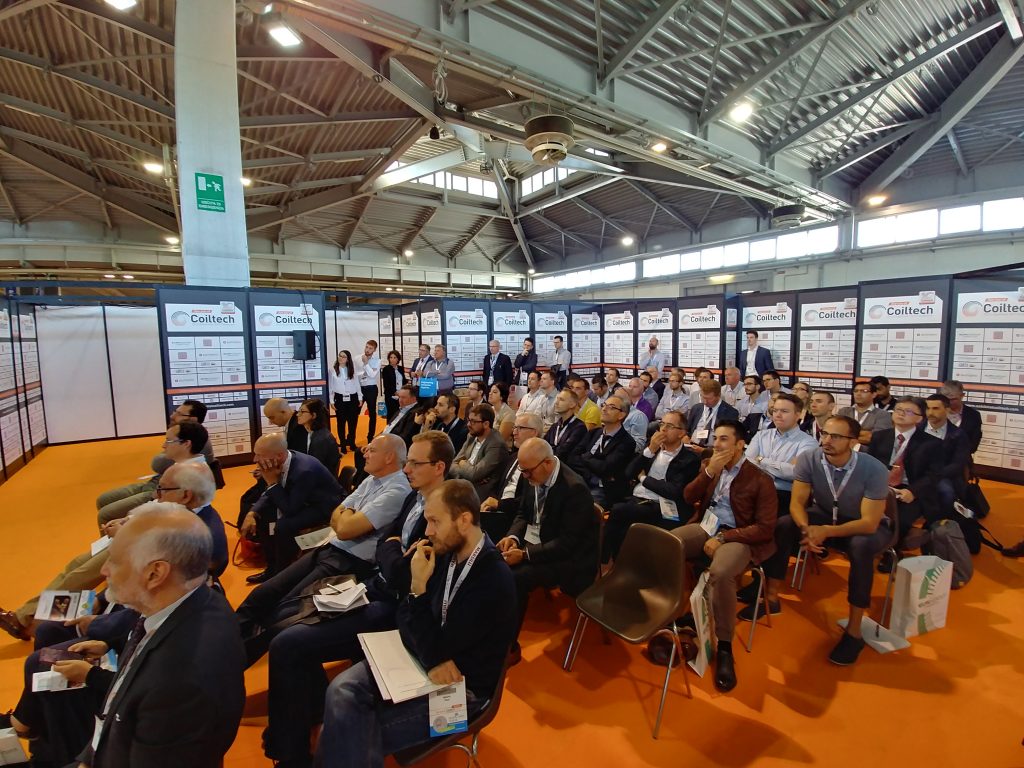
The Coiltech International Exhibition was a great opportunity, as it was possible to meet many of the exhibitors working on different electrical machine parts and supplies, and explore potential collaborations for the project future activities. Besides, having a project dissemination event in parallel enabled a very enthusiastic and interested audience, full of experts in the field, and many questions on ReFreeDrive project results.
by cidaut | Oct 22, 2018 | Materials
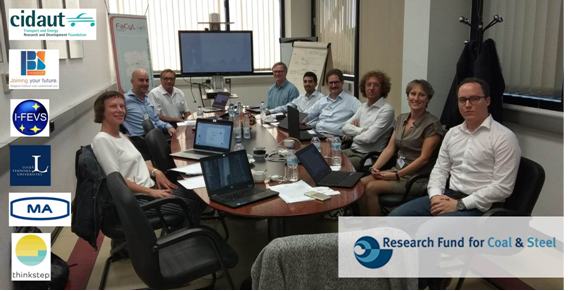
STEEL S4 EV is our last recently approved e-mobility project. Building from our experience in previous projects such as FP7 e-light “Advanced Structural Light-Weight Architectures for Electric Vehicles”, FP7 PLUSMOBY “Premium Low weight Urban Sustainable e-MOBilitY” or the soon to be finished FP7 Urban EV “Super Light Architectures for Safe and Affordable Urban Electric Vehicles”, STEEL S4 EV focuses on very competitive structural concepts made with high strength alloy steels. It is funded by the Research Fund for Coal and Steel (Grant Agreement-800726).
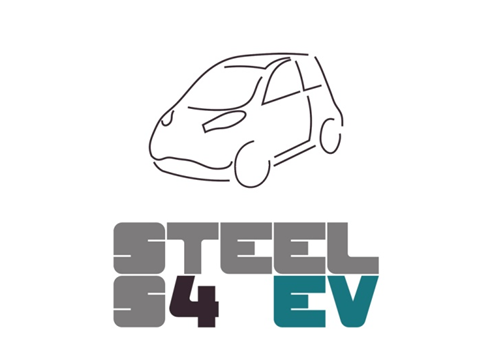
STEEL S4 EV aims at putting high strength steels at the forefront of a new trend in electric vehicles: light vehicles with three or four wheels that comply with crash regulation and with more restrictive Euro NCAP demands. Weld joint design and welding methodologies research to maintain the material properties in the weld area, assuring robustness and long term durability. Cost-effective low-investment manufacturing will be achieved by a modular and flexible structural design: a complex 3D skeleton frame of welded tubes, bent with high accuracy using programmed laser cuts will enable the production of different vehicles sharing the same tooling.
The STEEL S4 EV project was kicked off last September at CIDAUT premises. The Consortium is coordinated by CIDAUT, and includes INTERACTIVE FULLY ELECTRICAL VEHICLES (I-FEVS), the Belgian Welding Institute, the University of Lulea, Magnetto Automotive, and Thinkstep. 6 partners with two vehicle prototypes in mind and many different use cases. Soon our project website will be up and running!
by cidaut | May 18, 2018 | Sin categoría
Together with its partners Cidaut has presented the results of URBAN-EV
From 16th to 19 April, Wien has become the focus of mobility solutions thanks to the celebration of TRA 2018. TRA 2018 is an arena for researchers, companies and public authorities active in the field of transport. It welcomes policy makers and stakeholders framing research and transport policy. Together they have shared and discussed new ideas, research results, technological solutions and new business models. Together they have experienced and shaped the future of transport and mobility for people and goods.

Key focus areas have been:
- How digitalisation is transforming transport & mobility systems
- Decarbonisation & future growth – how to change our mobility system & remain competitive
- Shaping the new mobility landscape – a vision for transport & mobility for Europe
In this scenario, Cidaut presented one of the three prototypes of the URBAN-EV project. The target of the project is to apply innovative manufacturing technologies and materials to produce prototypes of a two seats urban electric vehicle with enhanced range and similar occupant safety level than a standard passenger car.
In the actual moment three prototypes of the vehicle are being built, one of them for functional testing and the others for lateral and frontal crash tests. The unit shown in Wien was the frontal crash test one and it created high expectation mainly due to the complex design and join technologies used to bring together different advanced material such as magnesium, structural thermoplastic, aluminum and high strength steel.
by cidaut | Jan 19, 2018 | Sin categoría
Cidaut has participated in EV2017, CIBIM17, 21CMH and LEVS2017
The last quarter of the year has been very active for Cidaut’s participation in events related to electromobility and automated driving. Going in chronological order, on October 5th and 6th, Cidaut was present at EV2017, Electric Vehicles International Conference & Show in Bucarest Romania. This event, technically co-sponsored by the IEEE, is a hub for electric mobility professionals with the possibility of presenting technical advances and testing the last novelties in sustainable solutions. In this scenario, and under the title “Lightweighting and passive safety for urban electric vehicle”, Cidaut presented a summary of the advanced technical solutions applied to three different solutions of urban electric vehicles structures: one of them based on CFRP, another one on multi-material and the last one on high strength steel solutions.

Between the 23rd and 26th of October, Cidaut participated in CIBIM17, the XIII Congreso Iberoamericano de Ingeniería Mecánica, in Lisbon, Portugal. This event is a meeting with participants from most of the American countries and also from Europe with the aim of sharing the best practices in the Mechanical Engineering field. In this occasion Cidaut made a presentation entitled “Design and manufacturing of an urban, light, affordable and safe electric vehicle”. The most relevant results of the Urban-EV project were presented. Urban-EV is a European Project funded by the EC in the 7th Frame Programme that aims to reduce the weight of an urban electric vehicle using innovative solutions in materials and processes and improving at the same time the crashworthiness of the vehicle.
On the same week, between the 25th and 27th of October, Cidaut presented in San Sebastian, Spain, its vision on the future steps on automated vehicles. In the frame of The Future of Advance Manufacturing Congress, and under the title “Implementation of connected vehicles and autonomous driving in the market. Evolution or revolution”, Cidaut exposed the equilibrium needed between the evolution of the connectivity the ADAS and the infrastructure in order to cover the necessary steps to reached the automated driving in a balanced way.
And finally, by the end of November, 22nd and 23rd, Cidaut participated in LEVS 2017, the Light Electric Vehicle Summit, presenting the paper “Passive safety in different structures of light electric vehicles”. In this occasion Cidaut showed the crass test results under simulation and testing of three different European Projects all of them from the 7th Frame Programme: elight, Plus-Moby and Urban-EV. The main message of this presentation is that it is possible to design and manufacture light urban electric vehicles with high safety standards. In this event Cidaut is also part of the Scientific Committee.
 Representatives of the six partners involved in STEEL S4 EV project
Representatives of the six partners involved in STEEL S4 EV project





